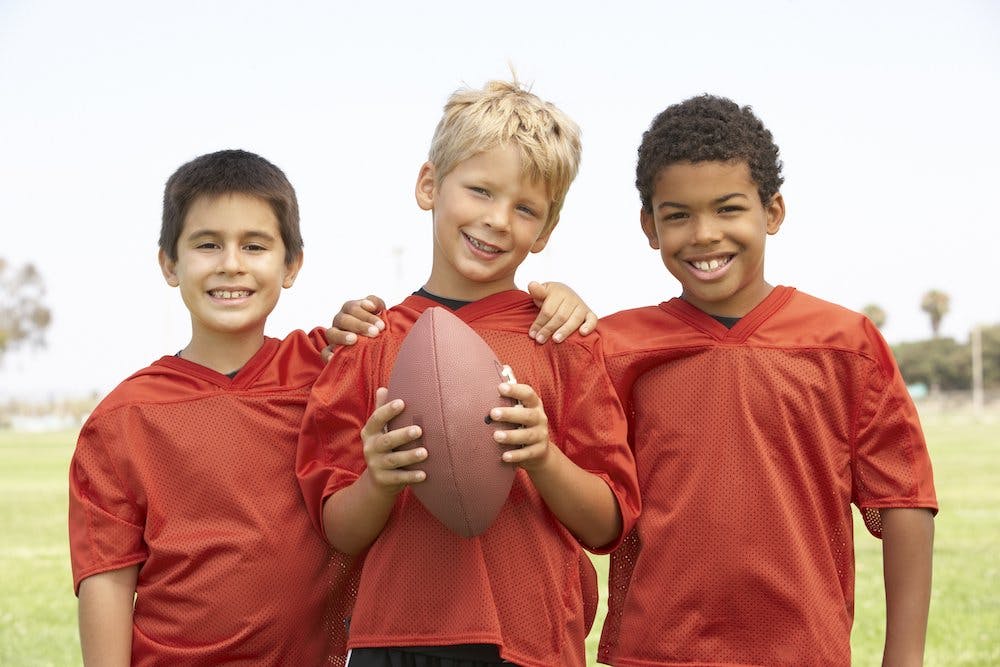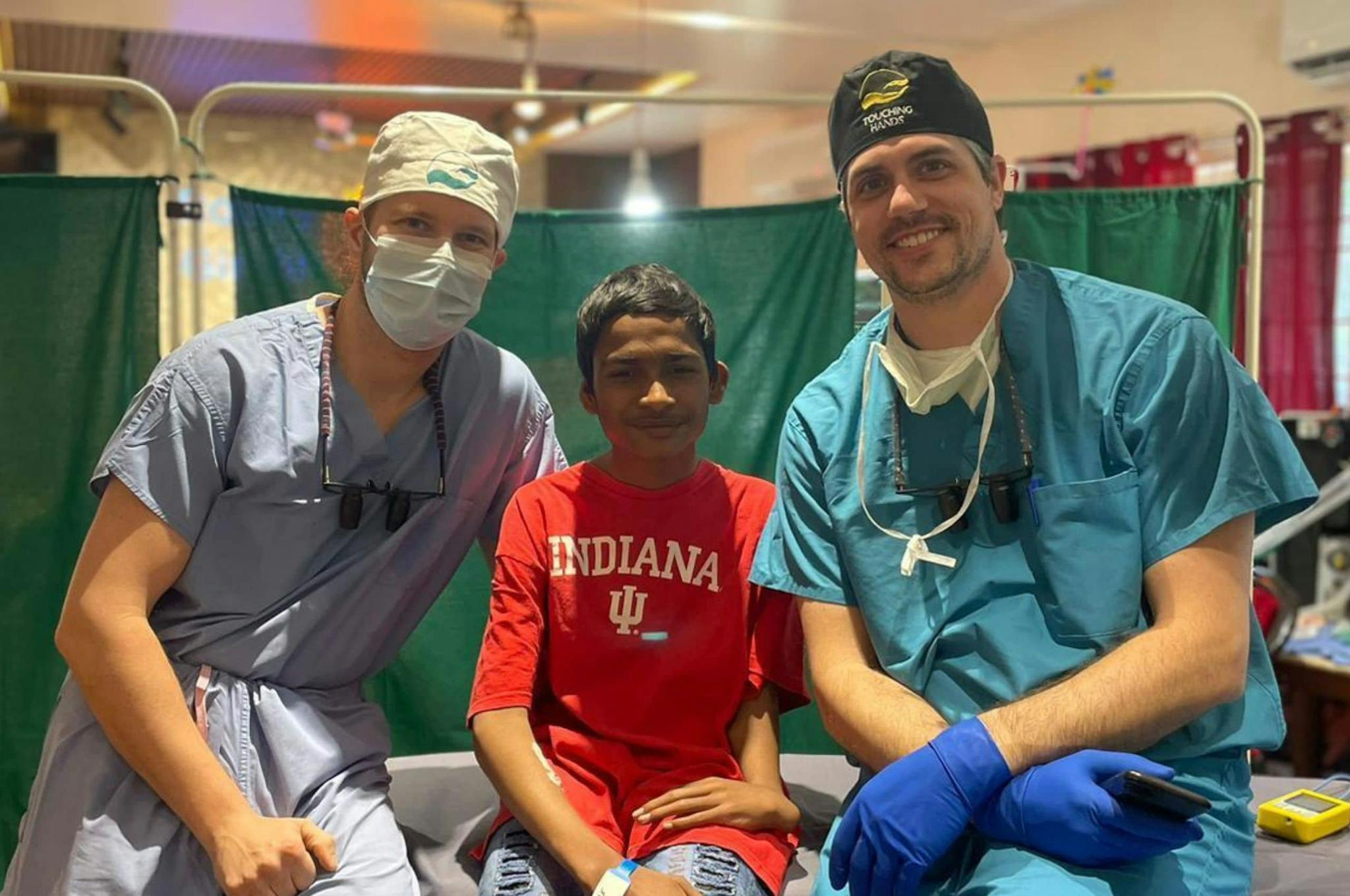
2024-06-21T14:29:51
Coral Desert Orthopedics Voted Best Orthopedic Surgeon in Southern Utah
- Orthopedics
September 30, 2015 | Orthopedics • Sports Fitness and Physical Therapy
Specialties:Orthopedics • Sports Fitness and Physical Therapy

Such a statement would be expected from a cynic of youth sports, but when Dallas Cowboys Super Bowl MVP quarterback Troy Aikman voices his concerns, it’s hard to dismiss it.
According to a USA Today report, 1.35 million youths a year have serious sports injuries. Based on this article, the top four sports injuries seen in the emergency room are strains or sprains, fractures, contusions and concussion. The top four sports for injuries and concussions are football, basketball, soccer and baseball.
At a time when youth sports are an integral part of extra-curricular life for many kids, how can parents be supportive yet avoid serious injuries in their children? The key is to avoid specialization.
The concerns of specialization in youth sports are best illustrated in baseball, pitchers in particular. Many media outlets, including the New York Times, refer to a 9-year-old pitcher who, after two surgeries to repair ligament damage, was forced to put away his glove for good at the age of 15.
“There is a pressure that parents and kids feel they need to select one sport, even at a young age,” said Dr. Ryan Slater. As a three-sport athlete who played wide receiver in college on athletic scholarship, Ryan now specializes in sports medicine. He understands the dangers that often team up
with a commitment to playing sports at a young age.
“The one we see by far the most is with baseball pitchers with elbow and shoulder injuries that are related to overuse. The data in other sports suggest there is an increased risk in overuse and perhaps, more importantly, the risk of burnout because they are so focused on one sport without a break or interruption of that sport.”
Parents need to discourage sports specialization until at least the teenage years. Rest assured, many elite athletes all played multiple sports in high school, and there is no correlation with specializing in one sport and increasing your chance of getting a college scholarship.
“It’s unfortunate because we want to encourage kids to learn an active lifestyle, to teach them to enjoy exercise, and develop friendships and relationships with other teammates, that’s the whole point of team sports,” explained Slater. “Unfortunately, as a society, we’ve kind of lost that focus. It’s all about positioning your child so they can get a college scholarship, possibly play professionally or make an elite travel team to play all over the country at a young age. While those things aren’t inherently bad, we’re seeing some bad results because of it.”
If athletes are well-conditioned before their season starts, they have a lower risk of injury.
“Overuse injury is not related to a specific event or injury, they just start having pain,” warned Slater. “For whatever reason, we, as parents, tend to dismiss that pain as not important, they just need to ‘toughen up.’ Sometimes, that’s true. However, if it continues to persist, we really need to address it. About one-third of adolescent and youth injuries are overuse injuries.”
There are many warm up programs available. For example, this site shows pre-practice workouts, balance exercises and warm-ups for kids. Allow your child 20 minutes to warm up before practice or a game.
For those children who play on multiple teams, parent need to be involved to know how often their children are practicing, their training regimen, and whether they are showing signs of burnout, overuse or a diminishing interest in the sport.
“It’s okay if your child has to take a break for a couple of weeks,” said Slater. “Just because they’re younger doesn’t mean they can just ‘walk off’ injuries and keep going. Rest is always helpful.”
Though Slater has seen an increase in the number of sports-related injuries, that doesn’t mean your child has to end up as a statistic. By encouraging a variety of sports activities, incorporating a pre-conditioning program and pre-game warmups and taking an active role in the overall health and safety of your athlete, your child will be injury-free—and that’s the key to a winning team.

Dr. Slater is originally from American Fork, Utah and was a three-sport athlete in high school. He attended Brigham Young University on a football scholarship and played wide-receiver for the Cougars. He specializes in non-surgical treatment of orthopedic and sports related injuries and his other medical interests included managment of concussion, stress fractures, and youth overuse injuries.

WRITTEN BY:
The Live Better Team


2024-06-21T14:29:51

2024-02-06T11:40:13

2023-03-30T11:23:12

2021-06-30T10:17:21
This information is not intended to replace the advice of a medical professional. You should always consult your doctor before making decisions about your health.